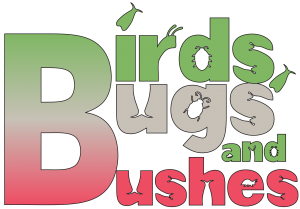 The Flap Necked Chameleon (Chamaeleo dilepis)
The Flap Necked Chameleon (Chamaeleo dilepis)
It was the ancient Greeks who called them chamai leon, “dwarf lions”. When surprised, a chameleon will inflate its body, open its mouth to show its bright orange palette, hiss and lunge forward. Such behavior that is intended to confuse, surprise and frighten any attacker regardless of size, could be the reason the Greeks called them such. For all its size, the flap necked chameleon displays a tenacious attitude towards its adversaries. It goes by a variety of local names some are naluntambwe, fulunyemba, nantambwe,
With its distinctive shape, bulging conical eyes, ponderous movements and ability to change colour, flap necked chameleons are well known reptiles. Found throughout most of Africa, they inhabit savanna woodlands mostly and where ever they find suitable habitat that will afford them cover and food. They are also common to rare residents in urban backyard gardens and orchards, where they live in the numerous fruit trees and shrubs, preying on flies, beetles and grasshoppers, which are their main food.
These fairly large chameleons, measuring between 20 cm and 25 cm in length, are usually bright green to dark green, sometimes with yellow spots to brown or black depending upon mood and background. Though a chameleon is a strictly solitary creature, they only pair up to breed, where mating can last a good while. After a period of between two to three months the heavily pregnant female, digs a burrow or hole in which she will deposit up to 35 eggs. She will then cover up the clutch and leave them, never to return. After 150 days the eggs hatch, the young dig their way out of the hole to the surface and are independent immediately they are born, equipped to catch insects the moment they are freed from their sandy cribs.
Flap necked chameleons are heavily preyed upon by two, tree dwelling snakes, namely the boomslang and the vine snake. Other predators are small raptors, horn bills, crows, ravens and shrikes. Man however is their greatest enemy and threat. It has been noticed by some that chameleons are not as common as they used to be in the urban backyards and even on some farm lands. The use of garden pesticides to kill off insect pests, many of which are the chameleons natural prey has ended in the direct poisoning of chameleons. The destruction of their natural habitat and the horrible effects of late burning kills thousands of chameleons.
Another danger to them are the superstitions that surround these fascinating reptiles. A number of people fear them, a lot of fables surround chameleons, but they are just that – fables!! They do not bite with their tails; they are not poisonous and they do not commit suicide in order to give birth by throwing themselves off a tree so that on hitting the ground they burst open and release their young. All these fables have resulted in the unnecessary persecution of these creatures; they are clubbed, stoned, burnt, drowned and run over on the roads. Yet theses reptiles are really harmless and do us much good in our gardens by keeping a check on the insects that prey upon our edible vegetables and fruits. This is why some people call flap necked chameleons the “garden lizards”.

Leave a Reply
You must be logged in to post a comment.